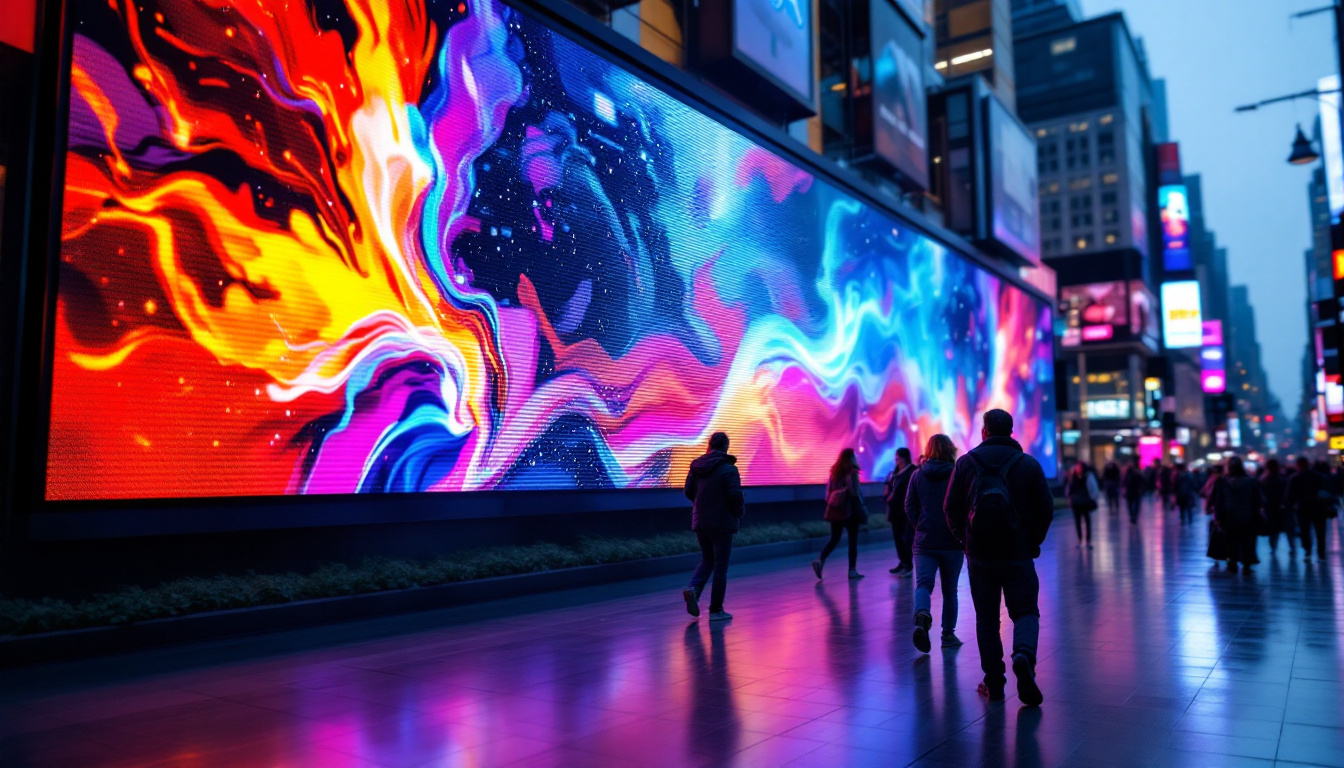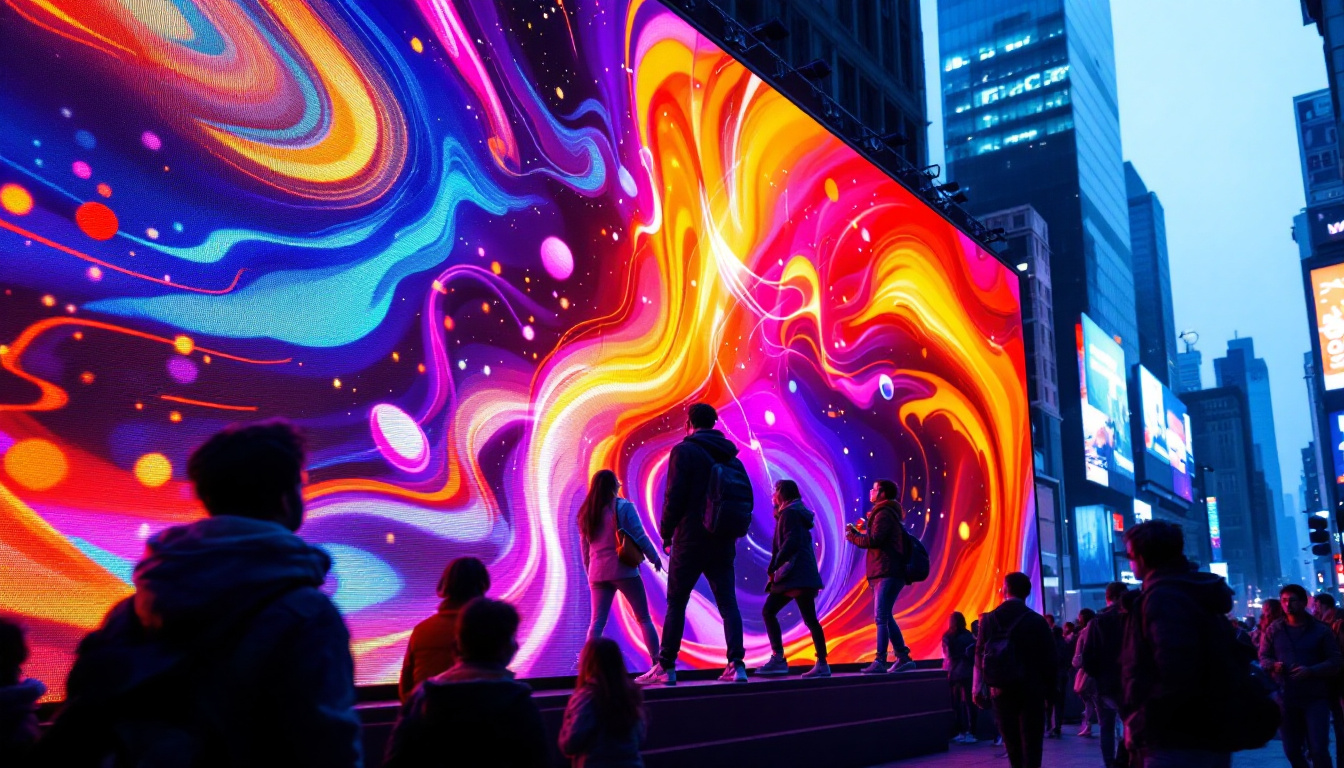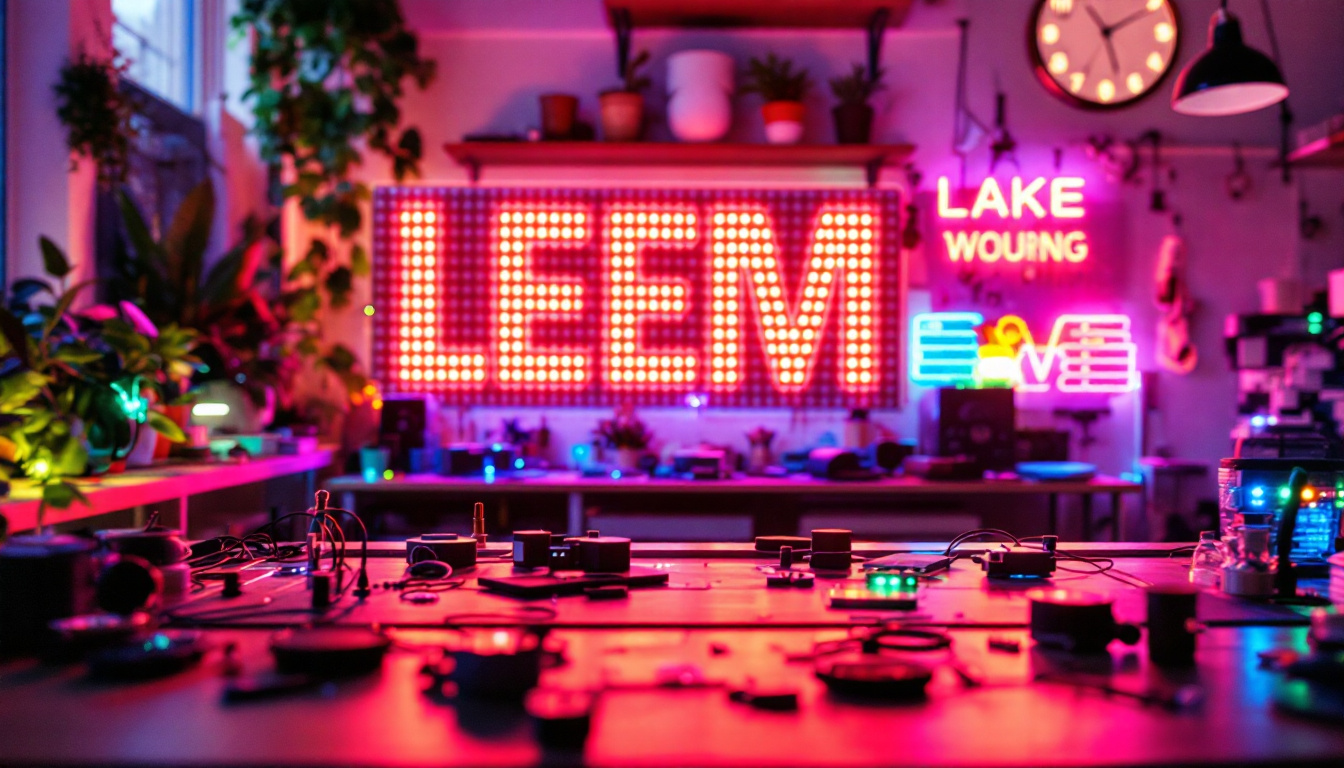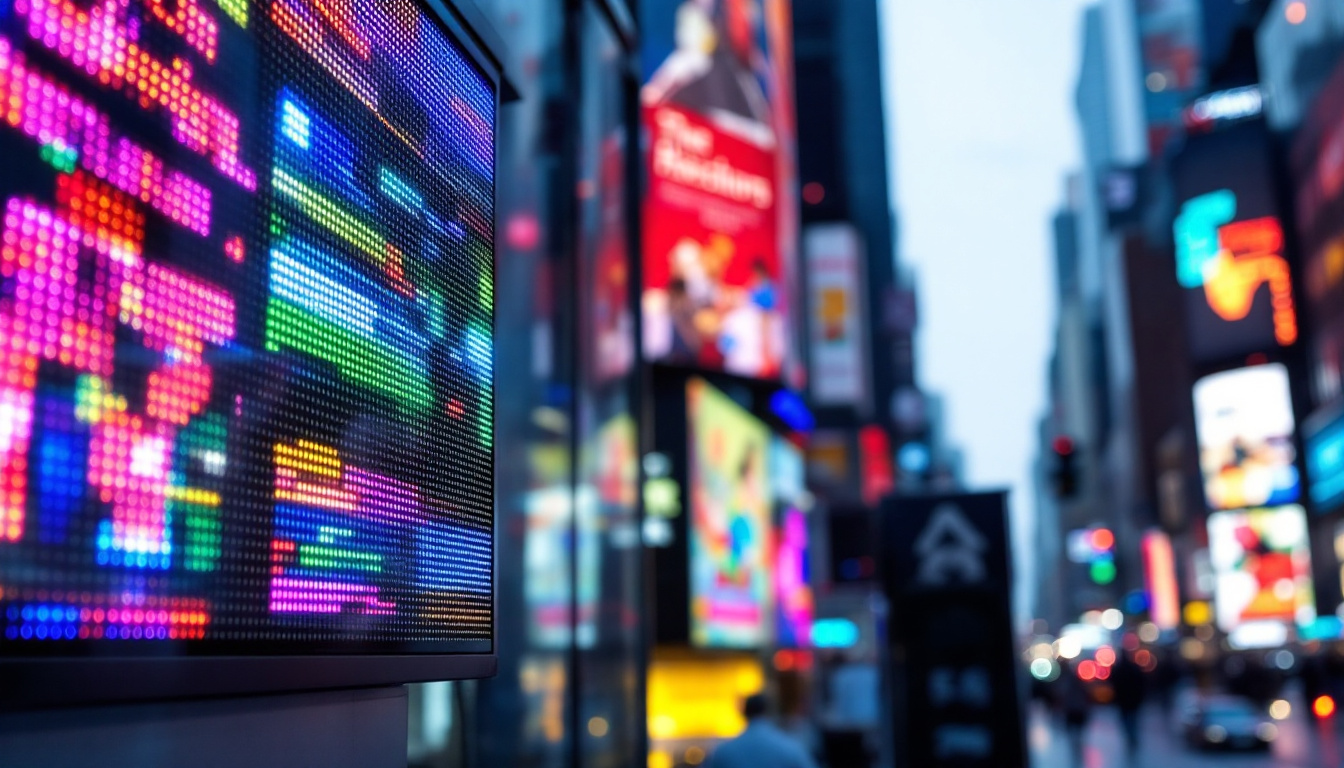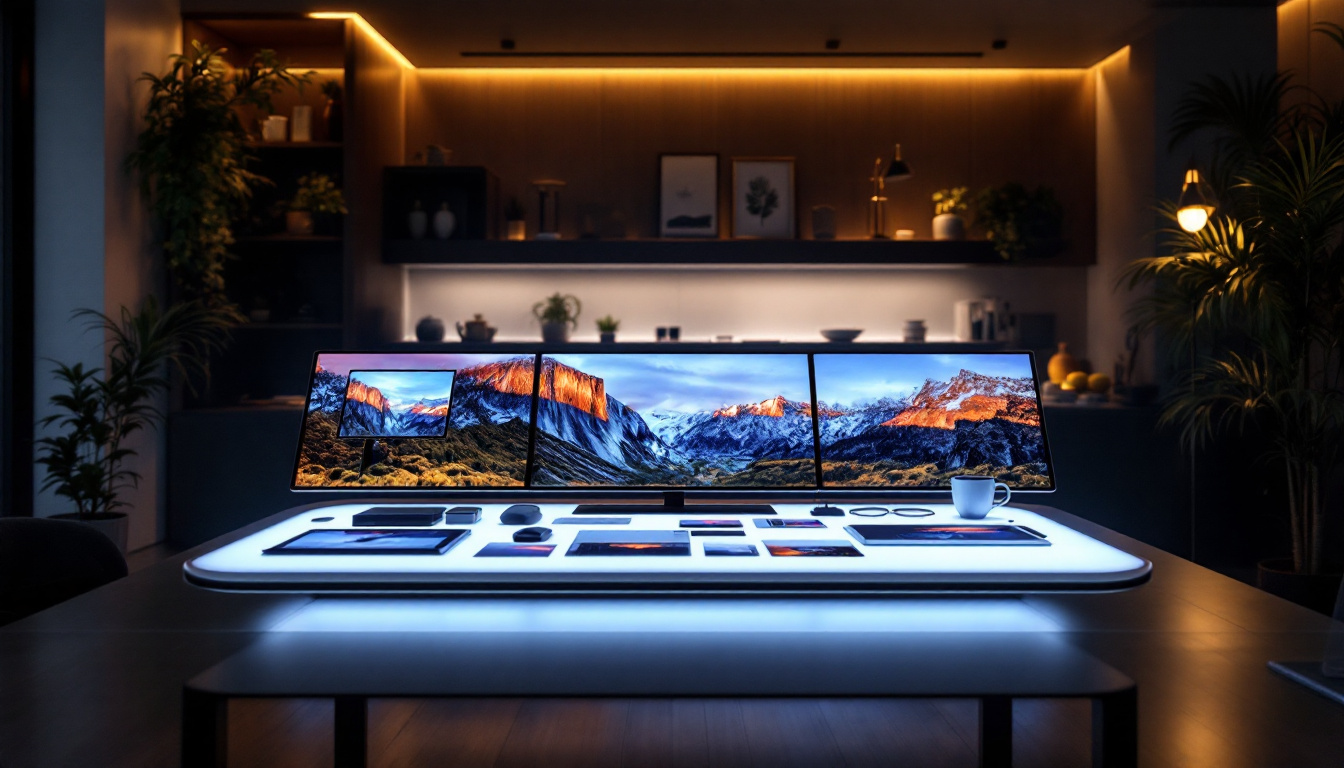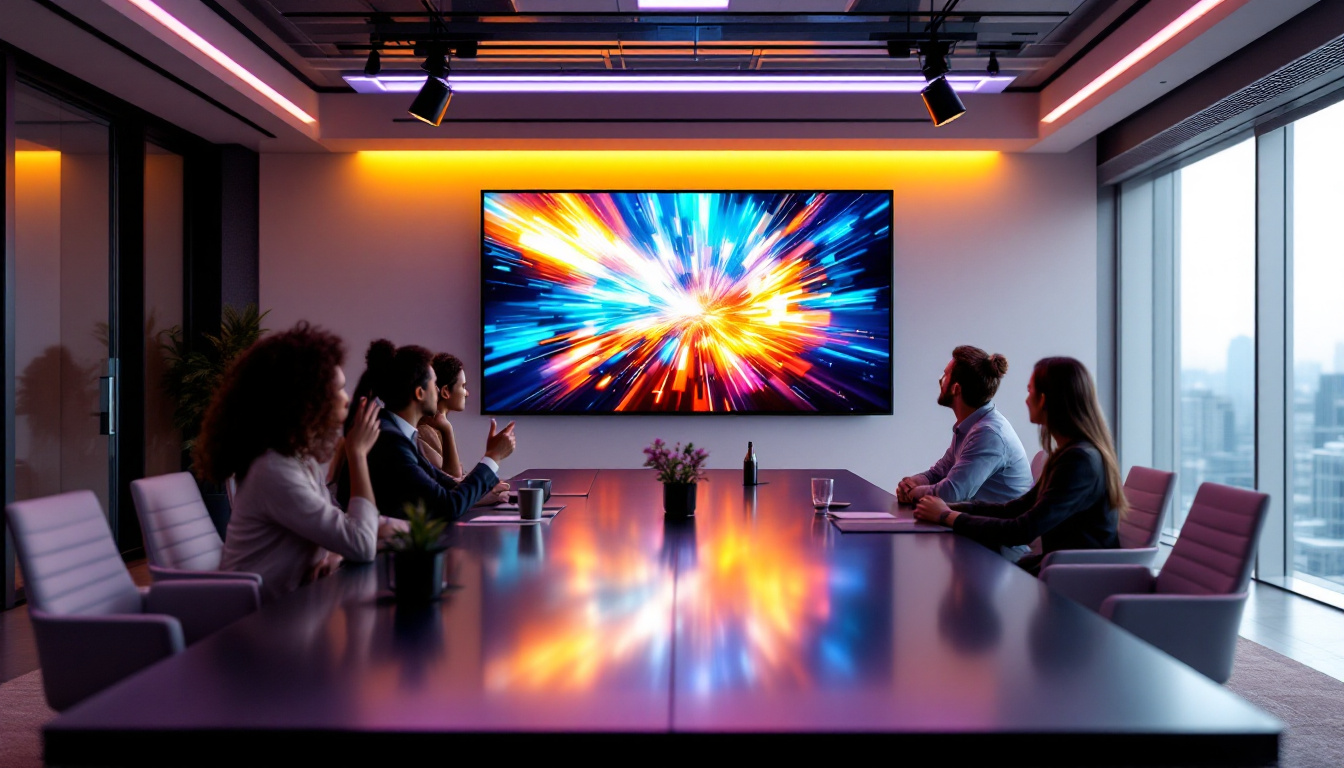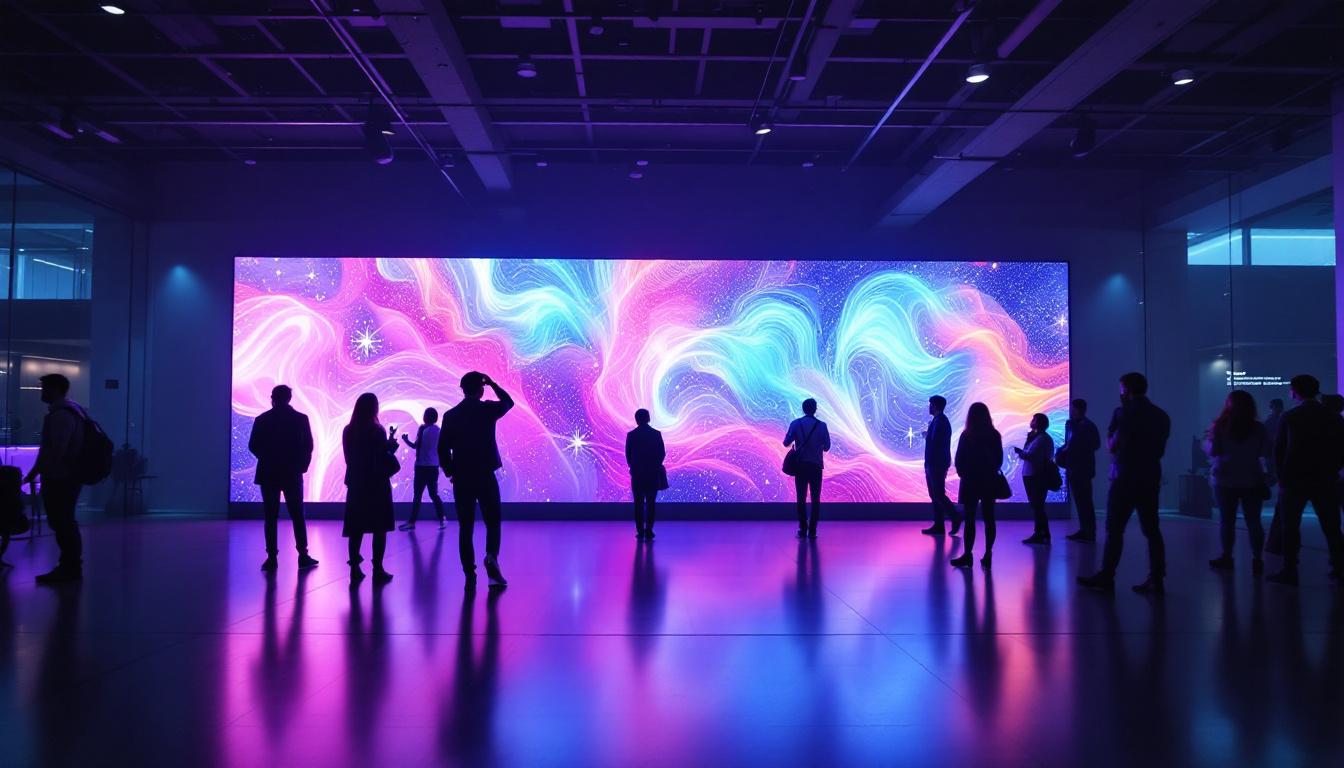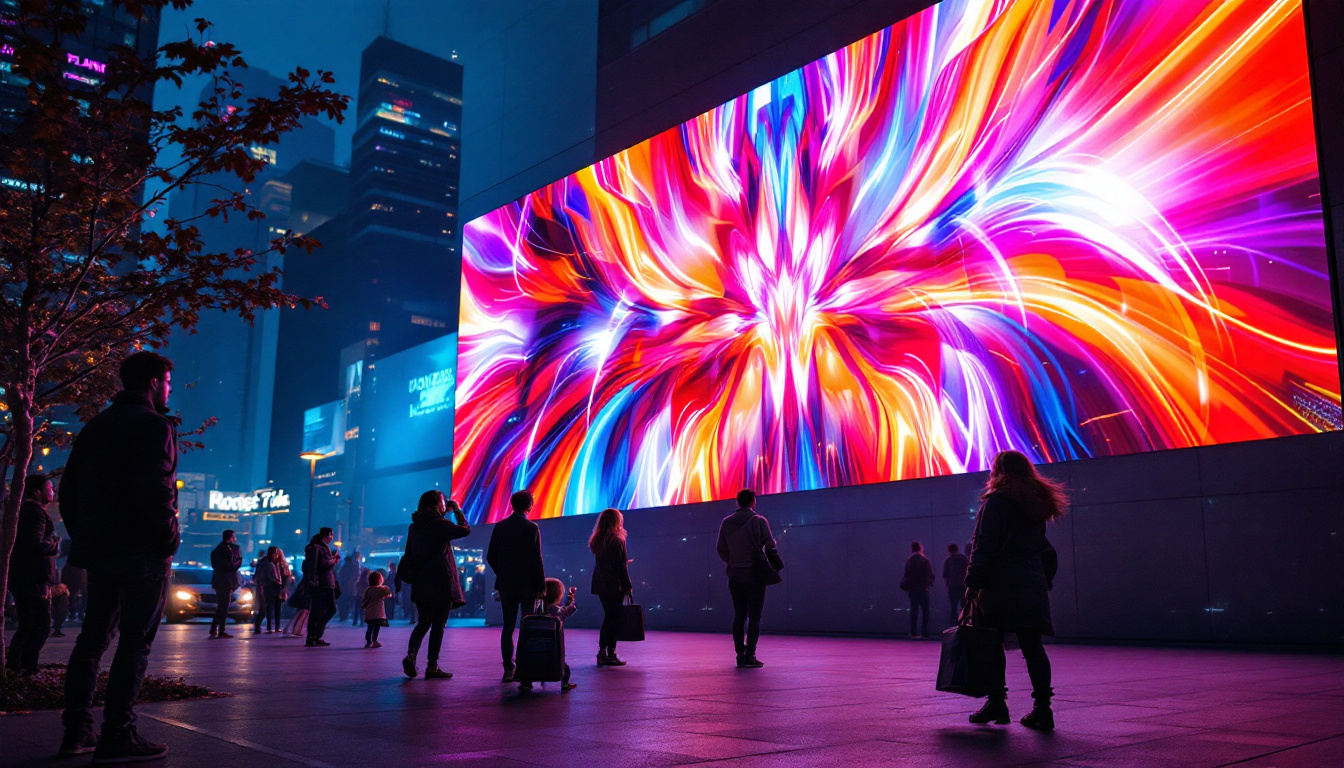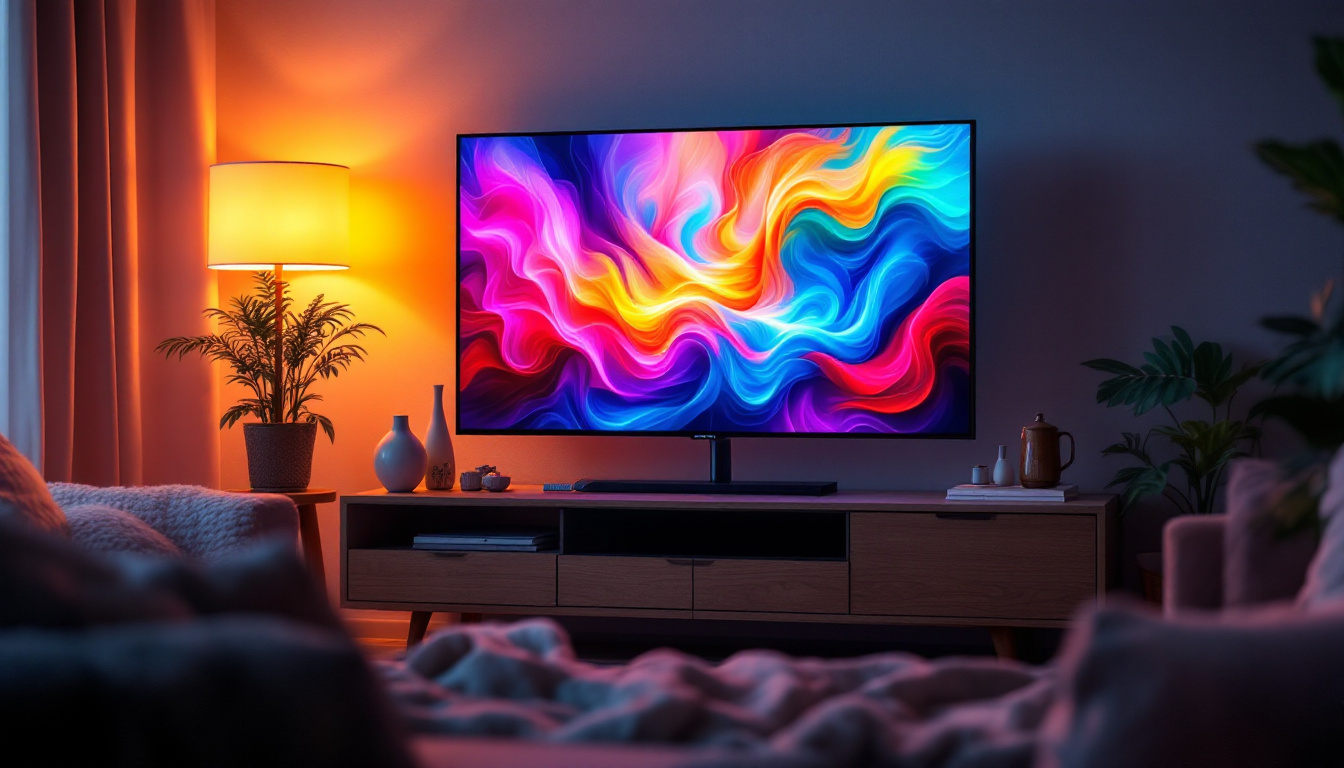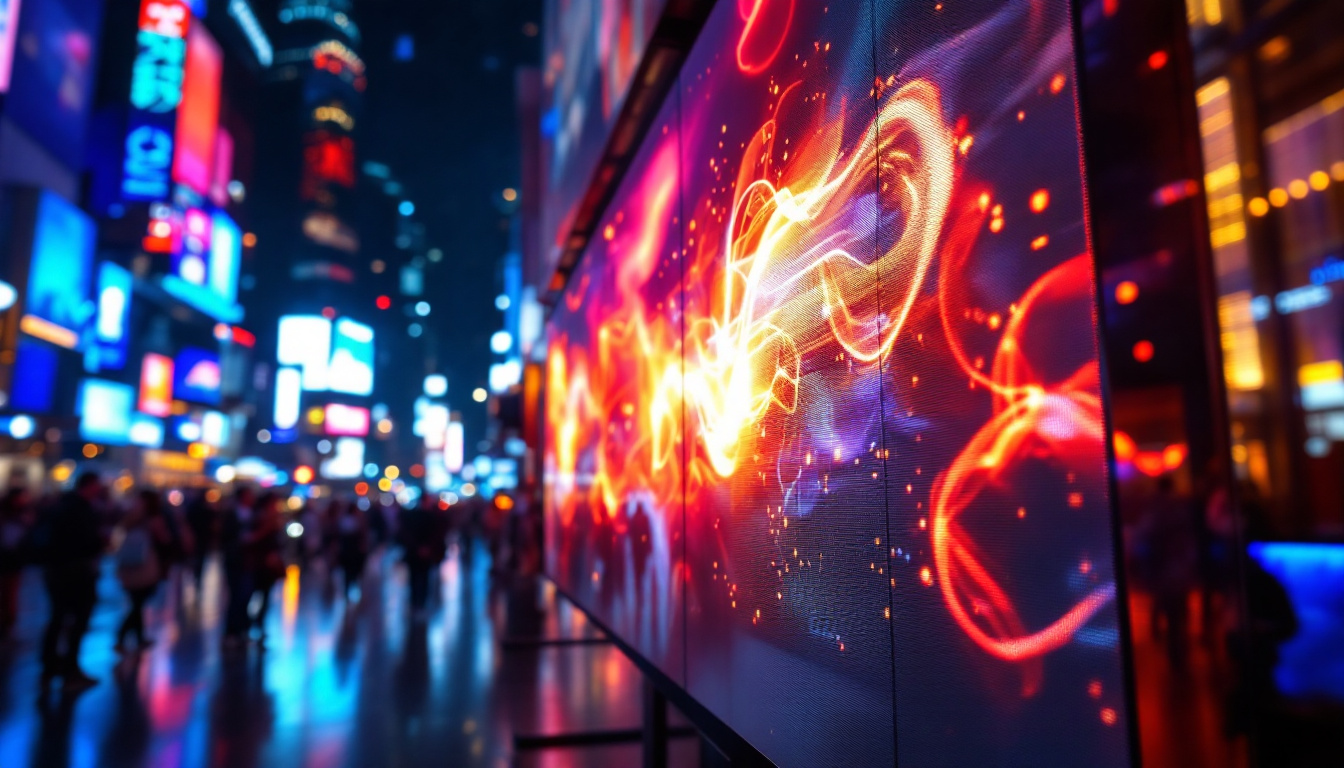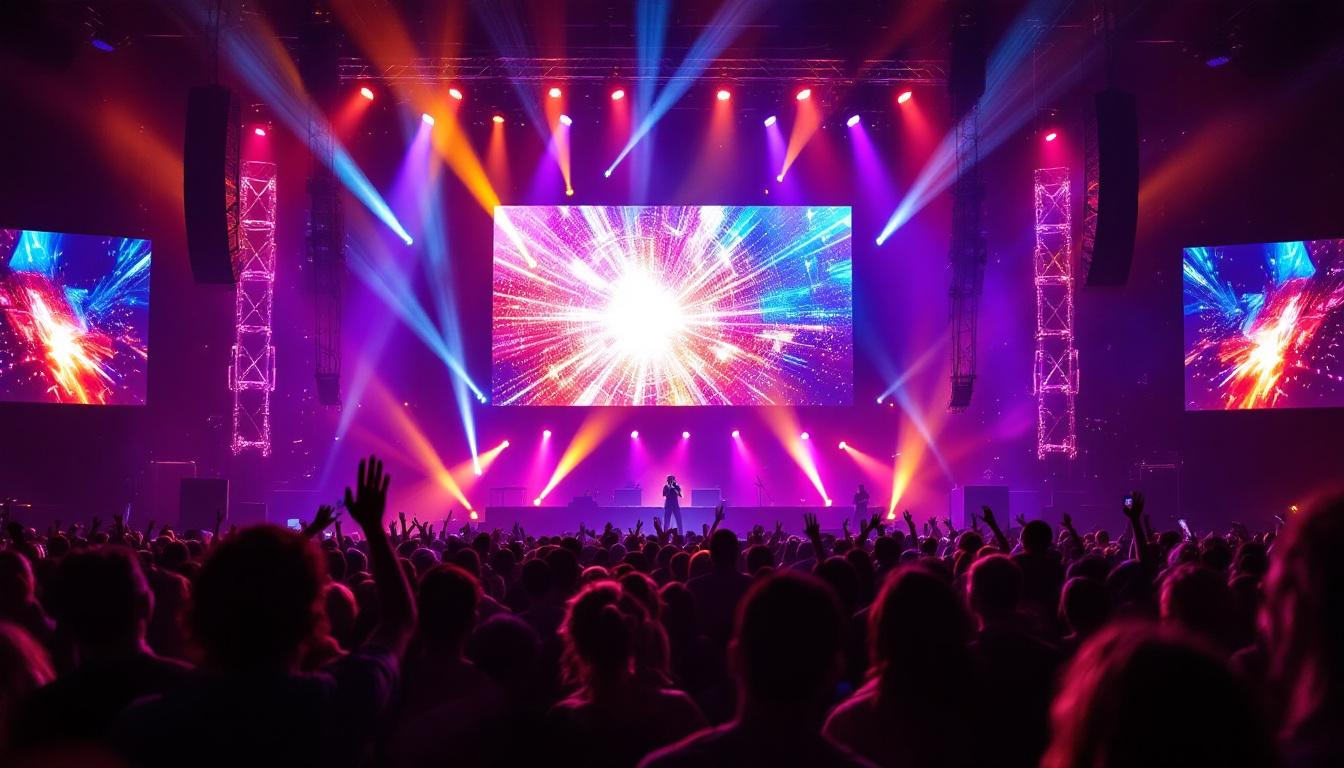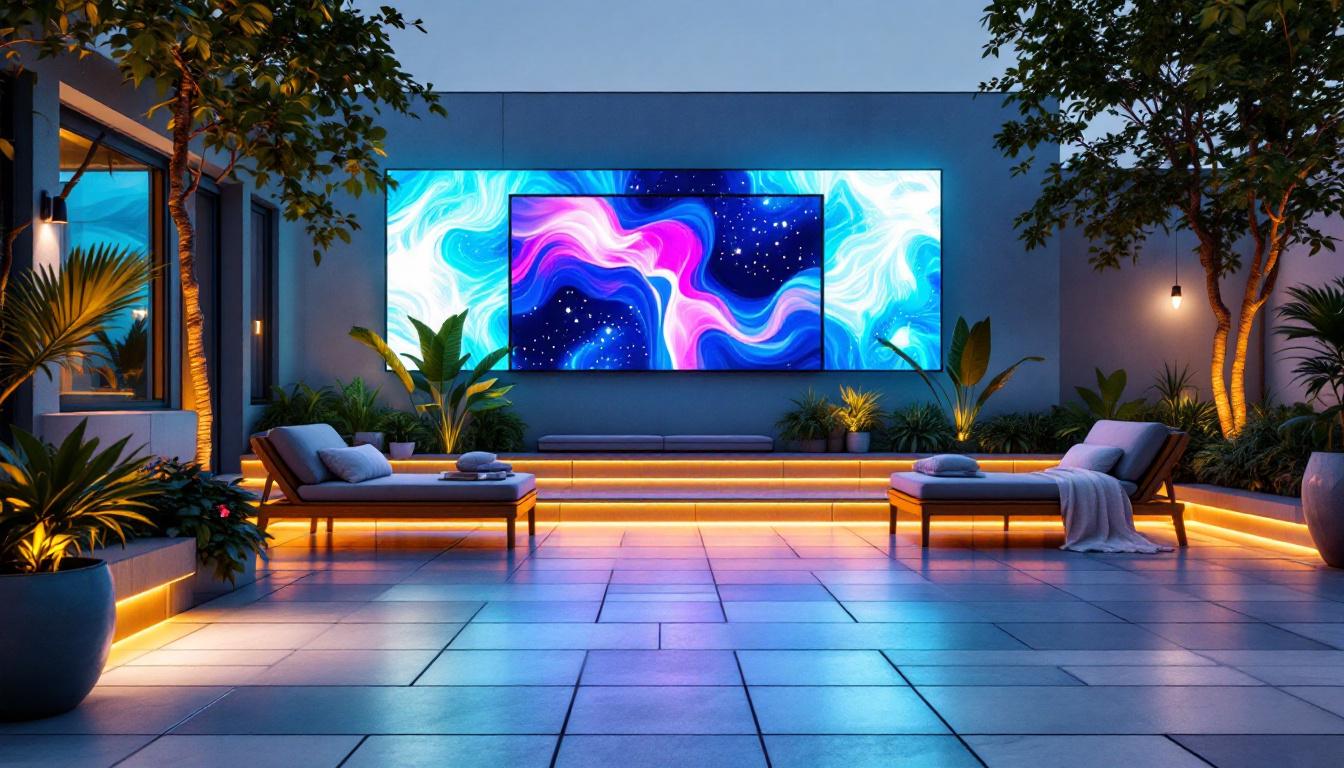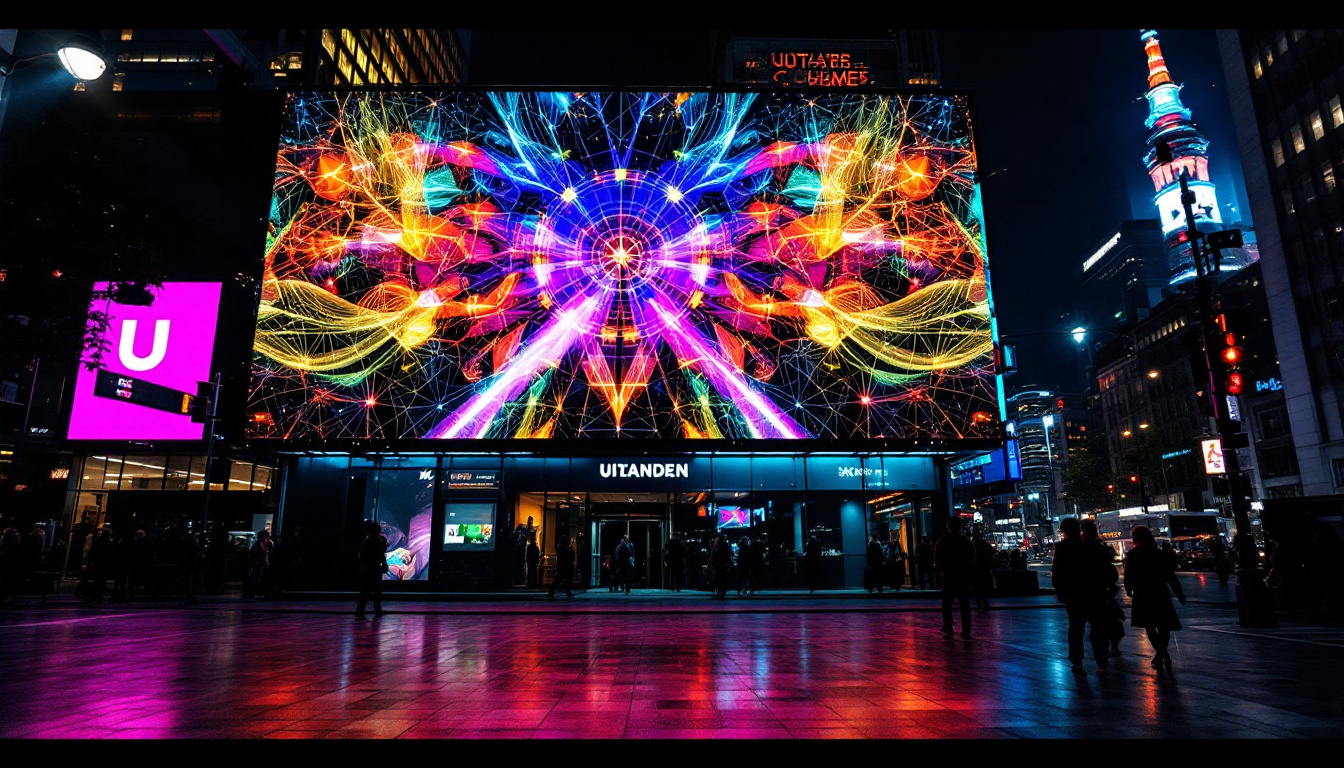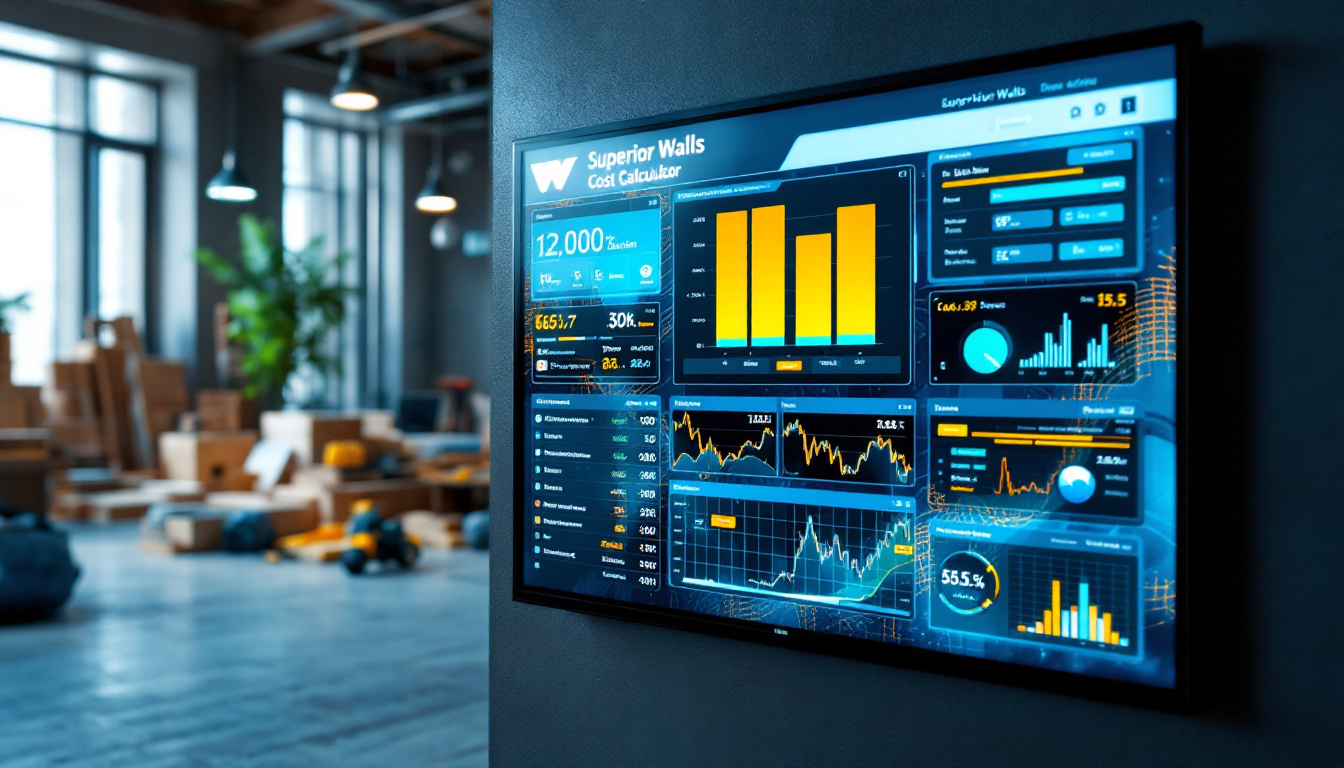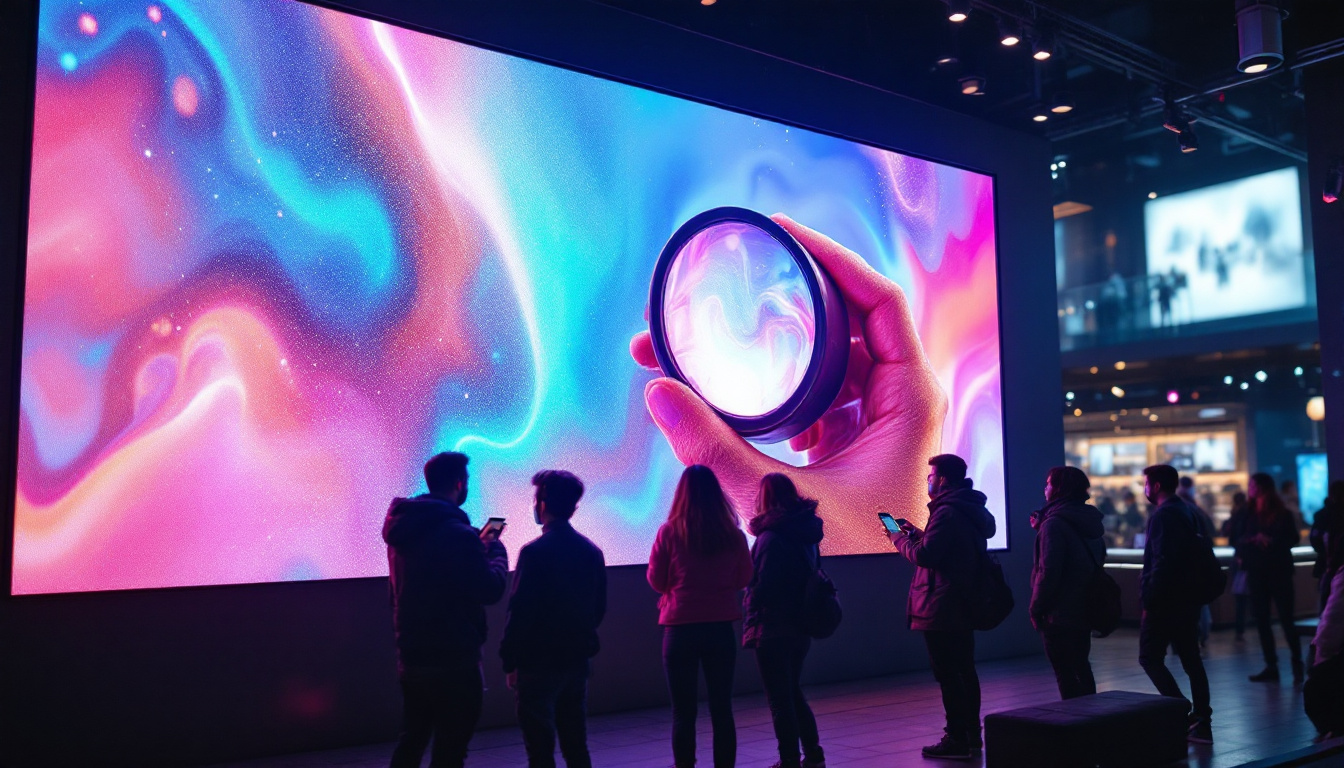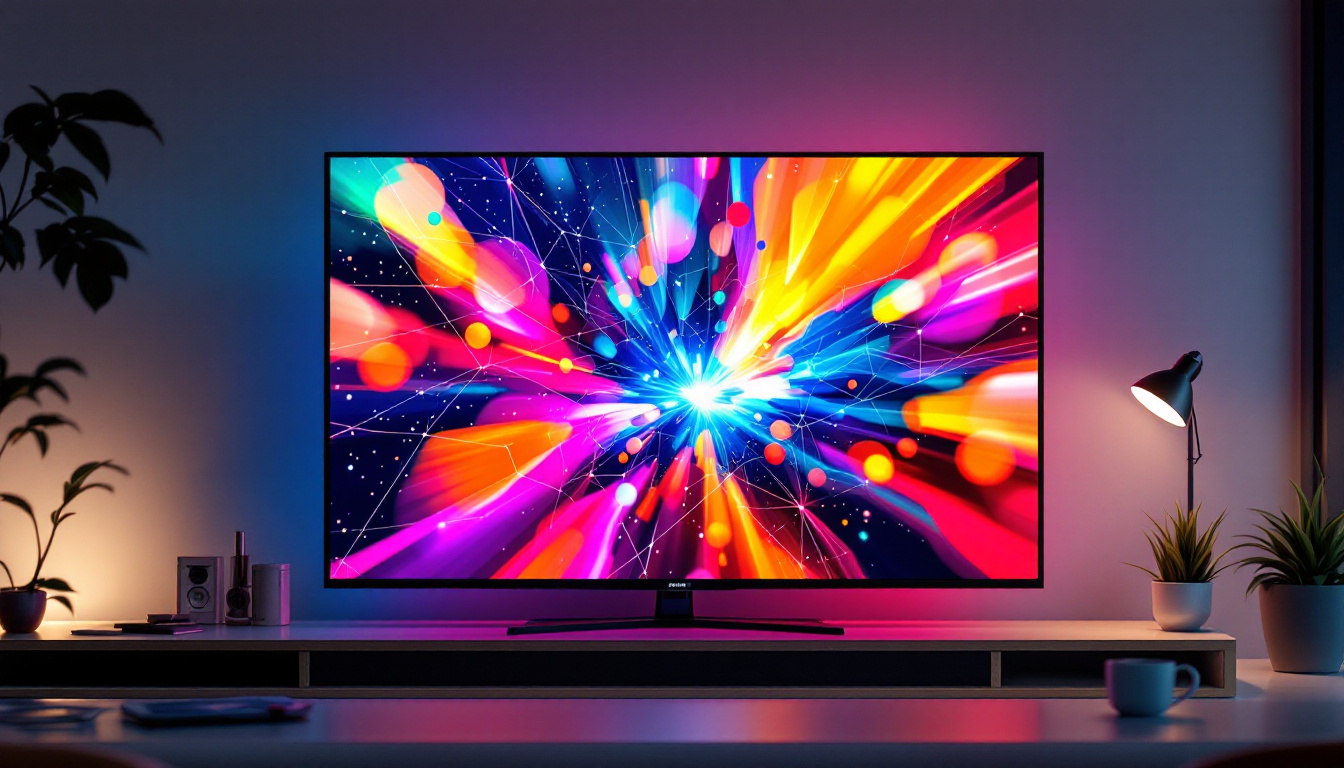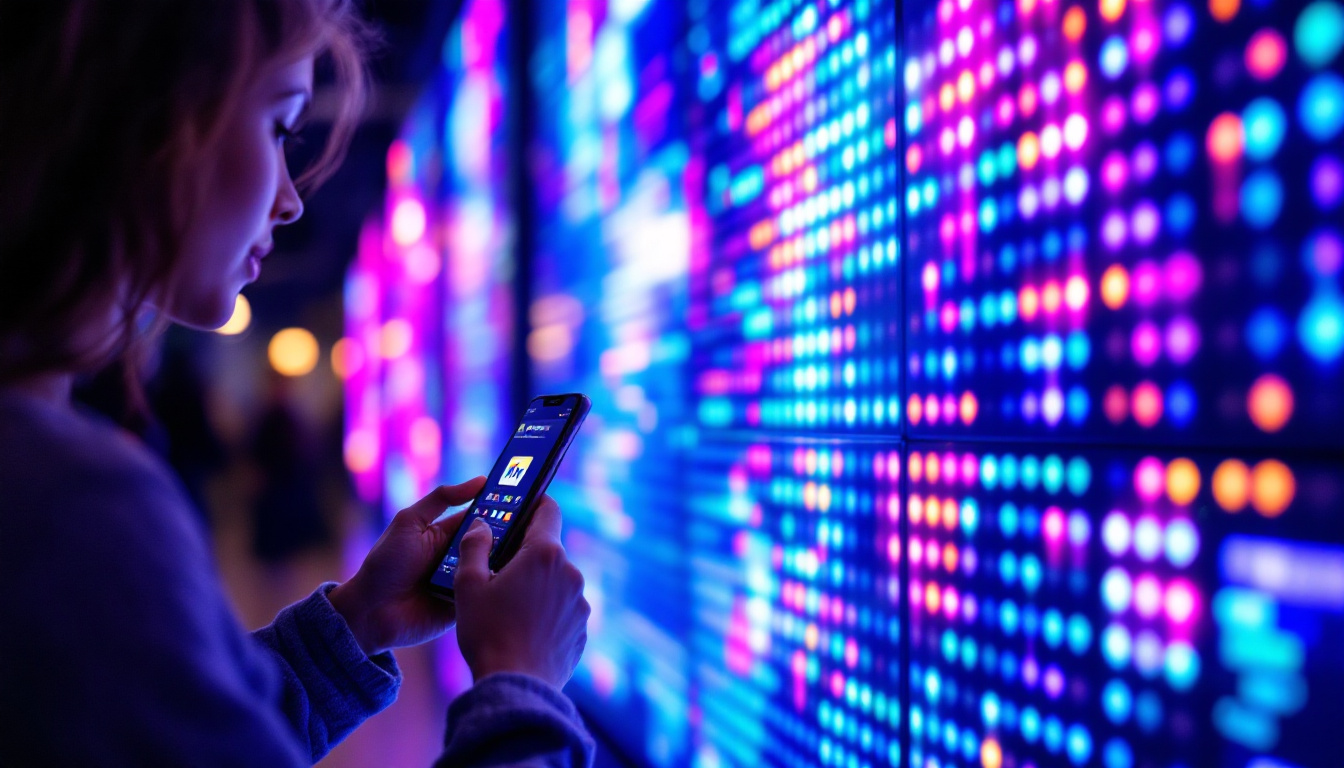In the world of visual technology, LED displays have emerged as a revolutionary medium for communication, entertainment, and information dissemination. A V And Company, a leader in the audiovisual industry, has been at the forefront of this evolution, providing high-quality LED display solutions tailored to meet diverse needs. This article delves into the intricacies of LED displays, exploring their components, types, applications, and the advantages they offer.
Understanding LED Technology
LED, or Light Emitting Diode, is a semiconductor device that emits light when an electric current passes through it. This technology has transformed the way we perceive visual content, making it brighter, more vibrant, and energy-efficient. Unlike traditional display technologies, such as LCD or CRT, LED displays offer superior color accuracy and contrast ratios. The evolution of LED technology has not only improved the aesthetics of displays but has also contributed significantly to energy savings, making it a preferred choice for both residential and commercial applications.
The Basics of LED Displays
At its core, an LED display consists of numerous tiny diodes that work together to create images and videos. These diodes are arranged in a matrix format, allowing for the display of complex visuals. The brightness and clarity of an LED display can be attributed to the individual diodes’ ability to emit light in various colors, which can be mixed to produce a wide spectrum of hues. This capability has made LED displays particularly popular in environments that demand high visibility, such as outdoor advertising and large-scale events, where they can be seen from great distances and in varying lighting conditions.
LED displays can be categorized into two main types: direct view and backlit. Direct view displays are made up of individual LEDs that form the entire display surface, while backlit displays use LEDs to illuminate an LCD panel from behind. Each type has its unique advantages and applications, making them suitable for different environments. For instance, direct view LED displays are often used in sports arenas and concert venues due to their ability to deliver stunning visuals with minimal glare, while backlit displays are commonly found in televisions and computer monitors, providing a balance of quality and energy efficiency.
Key Components of LED Displays
Understanding the components of LED displays is essential for appreciating their functionality. The primary components include:
- LED Modules: These are the building blocks of an LED display, consisting of multiple LEDs arranged in a grid pattern.
- Power Supply: A reliable power supply is crucial for maintaining consistent brightness and performance across the display.
- Control System: This system manages the content displayed on the screen, allowing for real-time updates and dynamic content management.
Each component plays a vital role in ensuring the overall performance and longevity of the LED display. A V And Company specializes in providing high-quality components that enhance the functionality of their displays. Additionally, the integration of advanced technologies such as smart sensors and connectivity features has further elevated the capabilities of LED displays. These innovations allow for adaptive brightness adjustments based on ambient light conditions and enable remote management of content, making them increasingly versatile for various applications. As the demand for high-quality visual experiences continues to grow, the importance of understanding these components and their interactions becomes ever more critical.
Types of LED Displays
LED displays come in various forms, each designed for specific applications. Understanding these types can help businesses and organizations choose the right display for their needs.
Indoor LED Displays
Indoor LED displays are designed for use in environments such as conference rooms, retail stores, and entertainment venues. They typically feature a higher pixel density, resulting in sharper images and text, making them ideal for close viewing distances.
These displays are often used for advertising, presentations, and information sharing. Their vibrant colors and high brightness levels ensure that content remains visible even in well-lit environments.
Outdoor LED Displays
Outdoor LED displays are built to withstand harsh weather conditions while delivering high visibility. These displays are often larger and designed with lower pixel density, allowing for viewing from greater distances.
Common applications include billboards, sports arenas, and public transportation displays. The durability and brightness of outdoor LED displays make them an effective tool for engaging audiences in outdoor settings.
Transparent LED Displays
Transparent LED displays are a cutting-edge innovation that allows for a unique viewing experience. These displays are made with transparent materials, enabling them to blend seamlessly into their surroundings while still showcasing vibrant content.
They are often used in retail environments and architectural installations, providing a modern aesthetic while allowing visibility through the display. This technology opens up new possibilities for creative advertising and design.
Applications of LED Displays
The versatility of LED displays makes them suitable for a wide range of applications across various industries. From advertising to entertainment, their impact is significant and growing.
Advertising and Marketing
One of the most prominent uses of LED displays is in advertising and marketing. Businesses leverage these displays to showcase promotions, new products, and brand messaging. The dynamic nature of LED technology allows for eye-catching animations and videos that capture the attention of potential customers.
Digital billboards and storefront displays are just a few examples of how companies utilize LED technology to enhance their marketing strategies. The ability to change content quickly and remotely adds significant value, allowing for timely updates and targeted messaging.
Entertainment and Events
In the entertainment industry, LED displays have transformed the way audiences experience live events. Concerts, sports games, and festivals utilize large LED screens to enhance the visual experience, providing dynamic visuals that complement performances.
These displays can be used for everything from displaying live feeds to showcasing stunning graphics and effects, creating an immersive atmosphere for attendees. The flexibility of LED technology allows event organizers to customize displays to suit specific themes and audiences.
Information Dissemination
LED displays are also widely used for information dissemination in public spaces. Transportation hubs, such as airports and train stations, utilize LED screens to provide real-time updates on schedules, arrivals, and departures.
Additionally, educational institutions and corporate environments use LED displays for announcements, schedules, and important information, ensuring that messages are communicated effectively and efficiently.
Advantages of LED Displays
The growing popularity of LED displays can be attributed to their numerous advantages over traditional display technologies. These benefits make them an attractive option for a wide range of applications.
Energy Efficiency
One of the most significant advantages of LED displays is their energy efficiency. Compared to traditional lighting technologies, LED displays consume significantly less power, resulting in lower electricity bills and a reduced environmental footprint.
This energy efficiency is particularly beneficial for businesses operating large displays or those that require continuous operation, such as digital billboards or information screens.
Longevity and Durability
LED displays are designed to last longer than traditional display technologies. With a lifespan of up to 100,000 hours, they require less frequent replacements, reducing maintenance costs and downtime.
Furthermore, LED displays are typically more robust and resistant to shock and vibration, making them suitable for both indoor and outdoor environments. This durability ensures that they can withstand the rigors of daily use, especially in high-traffic areas.
High Brightness and Contrast
LED displays offer superior brightness levels and contrast ratios, making them visible even in bright sunlight or well-lit environments. This quality is essential for outdoor applications, where visibility can be a challenge.
The ability to produce vibrant colors and deep blacks enhances the overall viewing experience, making LED displays an ideal choice for applications that require high-quality visuals.
Choosing the Right LED Display
When selecting an LED display, several factors should be considered to ensure that the chosen solution meets specific needs and requirements. A V And Company offers expert guidance to help clients navigate these considerations.
Determining Purpose and Location
Understanding the primary purpose of the display is crucial. Whether it’s for advertising, information dissemination, or entertainment, the intended use will influence the type of display needed. Additionally, the location plays a significant role in determining the appropriate brightness levels and pixel density.
For instance, an outdoor billboard will require a different specification than an indoor display used for presentations. Assessing the environment and audience proximity will help narrow down the options.
Budget Considerations
Budget is another critical factor when choosing an LED display. While LED technology has become more affordable over the years, costs can still vary significantly based on size, resolution, and features.
It’s essential to balance quality with budget constraints, ensuring that the selected display meets performance expectations without overspending. A V And Company provides a range of options to cater to various budgets, ensuring clients find the best solution for their needs.
Future-Proofing Your Investment
Investing in LED technology is a long-term commitment. As technology continues to evolve, it’s important to consider future-proofing your investment. Features such as modular design, upgradability, and compatibility with emerging technologies can enhance the longevity and functionality of the display.
Consulting with experts at A V And Company can provide insights into the latest advancements in LED technology, helping clients make informed decisions that will serve them well into the future.
Conclusion
LED displays have revolutionized the way visual content is presented, offering unparalleled advantages in terms of brightness, energy efficiency, and durability. A V And Company stands out as a leader in providing innovative LED display solutions tailored to meet the diverse needs of businesses and organizations.
Whether for advertising, entertainment, or information dissemination, the right LED display can significantly enhance communication and engagement. By understanding the technology, types, applications, and advantages of LED displays, clients can make informed decisions that align with their objectives.
As the demand for high-quality visual solutions continues to grow, embracing LED technology is not just a trend but a strategic move towards a more vibrant and engaging future.
Discover LumenMatrix’s Innovative LED Display Solutions
Ready to elevate your visual experience with the latest in LED display technology? Look no further than LumenMatrix, where innovation meets excellence. Our comprehensive range of LED display solutions, including Indoor and Outdoor LED Wall Displays, Vehicle LED Displays, LED Poster Displays, LED Sports Displays, Floor LED Displays, Custom LED Displays, and All-in-One LED Displays, are designed to captivate your audience and amplify your message. Experience the future of visual communication with our LED Transparent Displays and transform your space into a dynamic environment. Check out LumenMatrix LED Display Solutions today and see how we can help you create unforgettable visual experiences.

